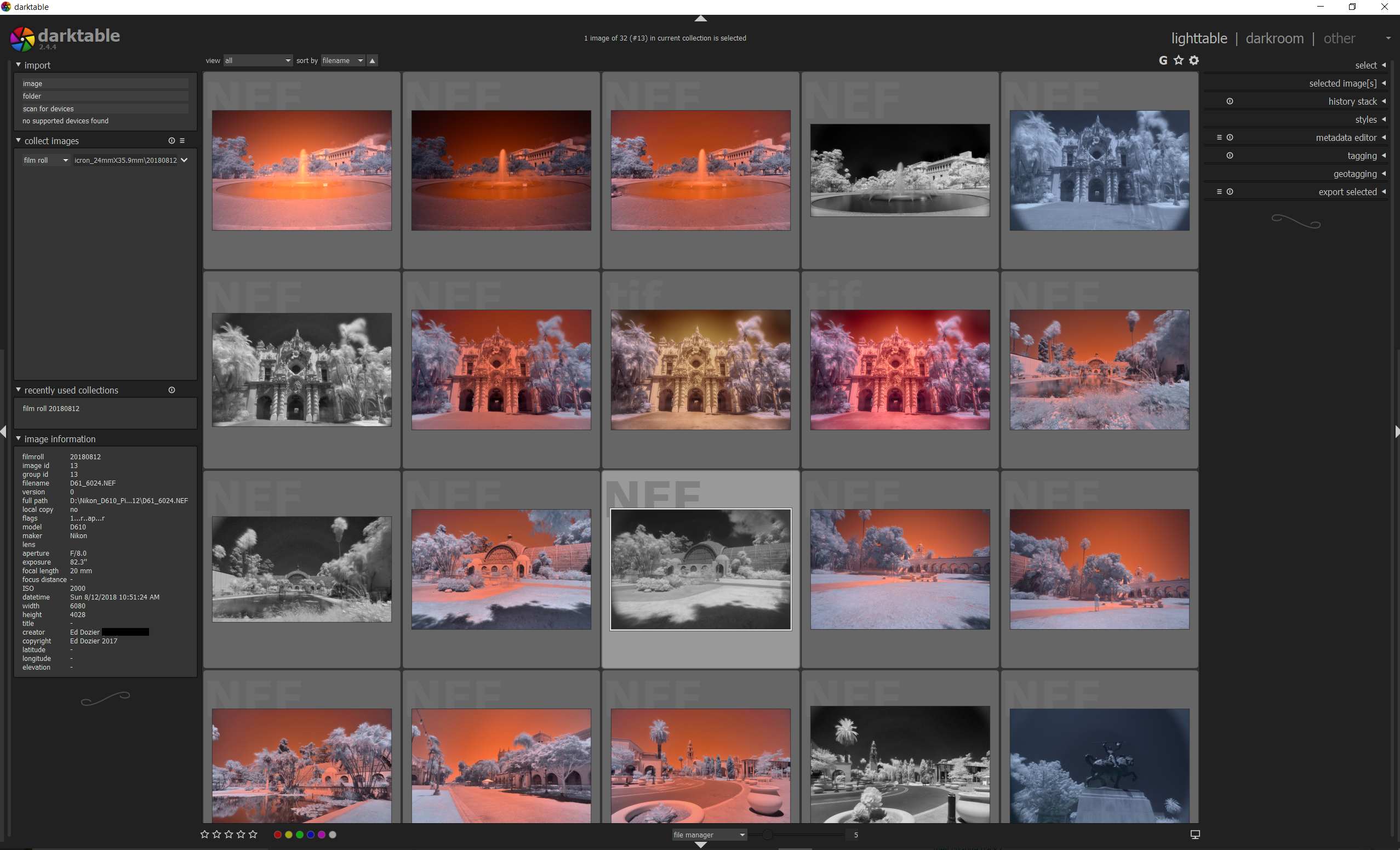
As a reminder, all locations automatically create labels for images placed in the area. The location can be set using polygons and created directly from the information reported by Open Street Map. When importing a GPX, traces can be displayed. The map module has been improved in several ways: A new section has been added to the color calibration module to allow you to calibrate colors using a color check diagram. This new module was added late in pixelpipe and makes it possible to use cropped parts of the image for source spots in the retouch module, for example. A new harvesting module has been added. This allows you to hide parts of the image by adding blur / pixelation. A new censorship module has been added. It can be used as a single module for all color grading jobs.


A new RGB Balance Balance module has been added. This makes editing WYSIWYG fully easier to mask. All drawn shapes can now be pre-viewed and moved before placement, with a complete deformation applied. This previously led, for example, the circles to become elliptical (due to lens distortion) after they were placed on the image. The drawn shapes are drawn on the original RAW image and then distorted by pixelpipe. It uses an algorithm similar to the one used in dual demosaic. You can now create an opacity mask based on image clarity. This allows you to use an algorithm that better solves fine details and another that provides a more uniform output depending on the content of the local image. Support for "double mosaic" has also been added, allowing you to combine "RCD + VNG4" and "AMaZE + VNG4" for bayer sensors, for xtrans sensors there is "Markesteijn 3-pass + VNG". the order of the demozoan algorithms was also adjusted for clarity. A new default mosaic algorithm (RCD) has been introduced, which should provide better quality than the current default value (PPG) without the long operating times of AMaZE. A target vector is added to complete the current histogram, waveform and parade views. Importing from a local drive will not use gphoto and therefore should work more reliably on Windows.

When importing "in place", images that are already present in the darktable are marked and can be automatically excluded from import. The same dialog is now used to import from disk, card or camera. The new import module allows you to see thumbnails of your images before import and makes it easier to manage multiple import tasks.

The most important changes are listed below: Darktable 3.6.0 handles 954 extraction requests and 290 closed numbers.


 0 kommentar(er)
0 kommentar(er)
